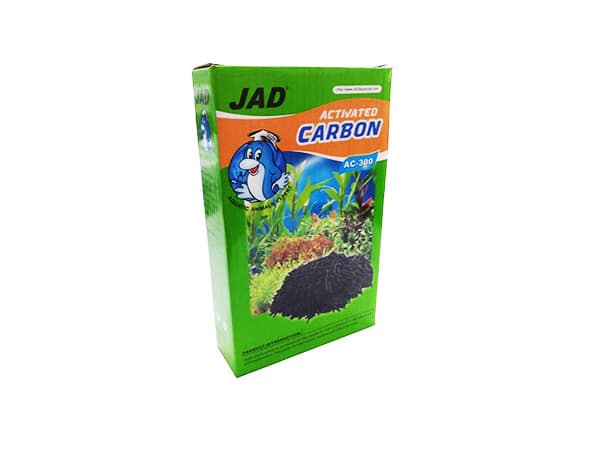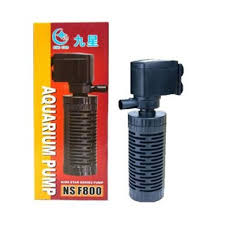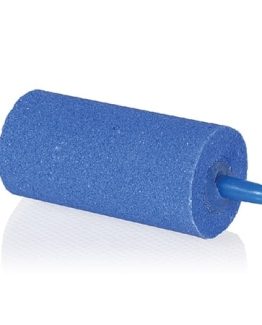JAD Activated Carbon AC-300
Activated Carbon are broadly used in many different applications worldwide. Trends of today lead us to be environmentally responsible and coconut carbon is a natural pure resource to achieve a cleaner environment.
Our carefully steam activated carbons produced from coconut shells have a tighter, more micro porous pore structure than their coal-based counterparts.
KSh 1,600
Activated carbon is carbon that has been treated in a way that creates a large number of tiny pores. Consequently, this greatly increases its surface area. This massive surface area allows the filter media to absorb a large volume of material, effectively making it useful for removing pollutants from both air and water.
WHY YOU NEED ACTIVATED CARBON IN YOUR TANK
- It removes odors from the aquarium water
- Gets rid of? yellowing compounds
- Removes medications, supplements and plant fertilizers
Our carefully steamed activated carbons produced from coconut shells. They have a tighter, more micro porous pore structure than their coal-based counterparts. Coconut shell-based carbons tend to be harder, more resistant to abrasion. Additionally, they are lower in ash compared to other types of carbons. The porous material acts like a sponge for different types of organic and inorganic pollutants. It is widely known as renewable and the best source of green filtration agent that has diverse utility and purposes.
Carbon adsorption has numerous applications in removing pollutants from air or water streams both in the field and in industrial processes such as:
- Groundwater remediation
- Drinking water filtration
- Air purification
- Volatile organic compounds capture from painting, dry cleaning, gasoline dispensing operations, and other processes.
Chemical filtration with activated carbon has seen an increase in popularity in recent years, especially with pond owners with fish stocked ponds. It can effectively remove a large range of organic pollutants and chemicals, making it a great choice for improved water clarity and purity.
Some of the common things activated carbon is used to?remove are:
- Tannins (Organic color pollutants)
- Chlorine
- Pesticides & insecticides
- Residue algaecide
- Perfumes
- Excess fish pheromones
- Smells and odors
These are all organic pollutants that normal filter media will struggle to remove on its own. One of the most common is tannins, which is organic color from debris, such as leaves, grass, or bark. This can often leave your pond with a brown color which activated carbon can help reduce. It is also highly effective at neutralizing chlorine from tap water, so would be suitable for water changes or newer pond builds.
| Brand |
|---|






There are no reviews yet.